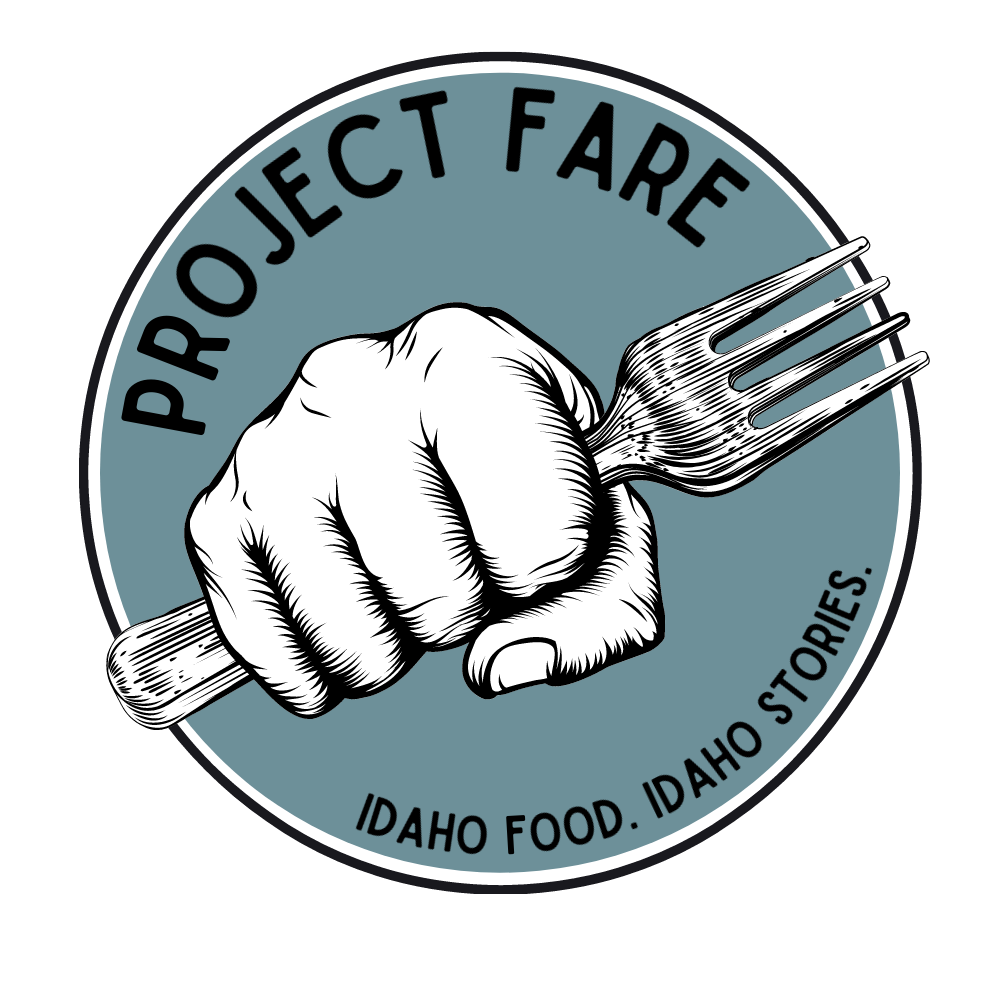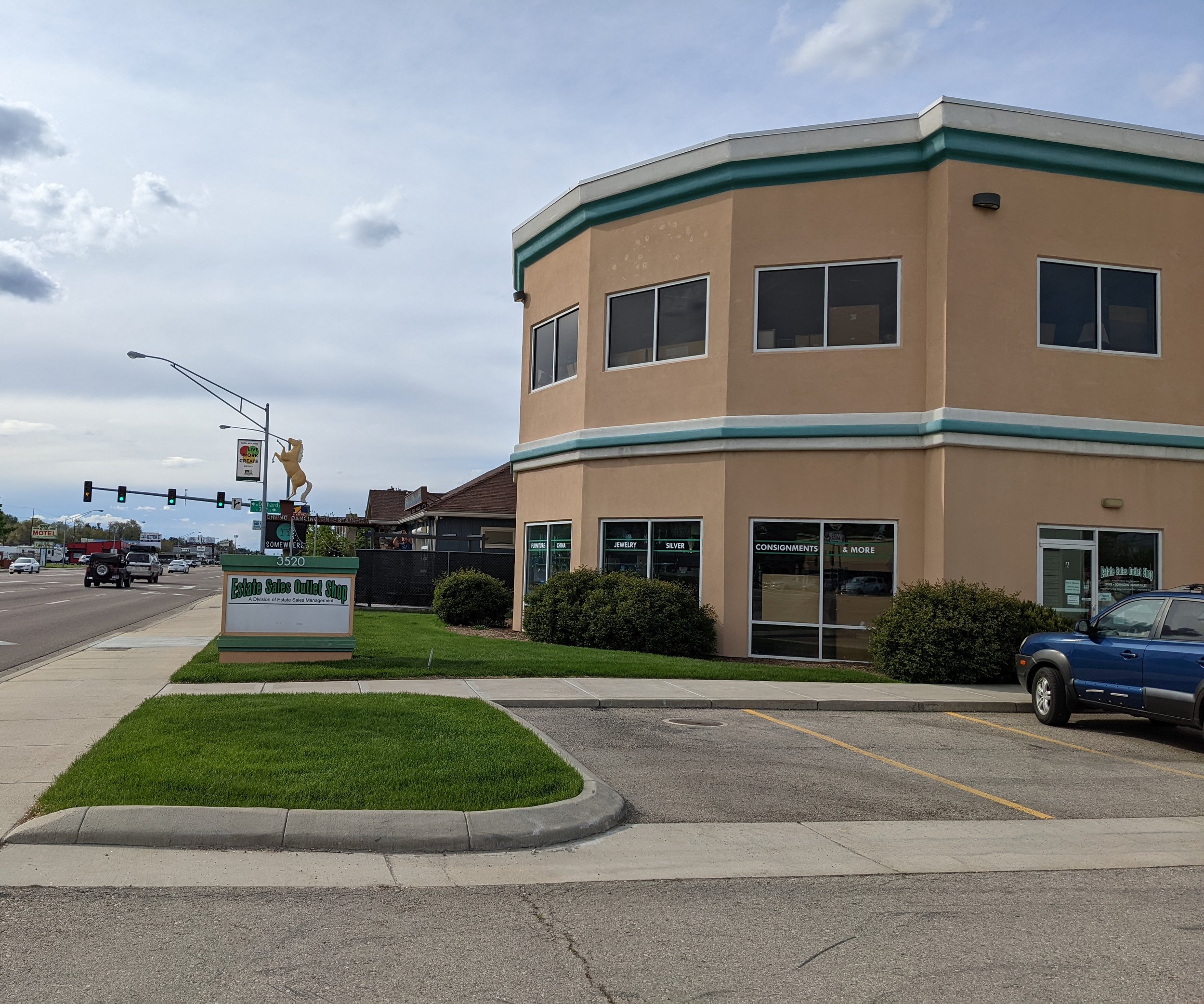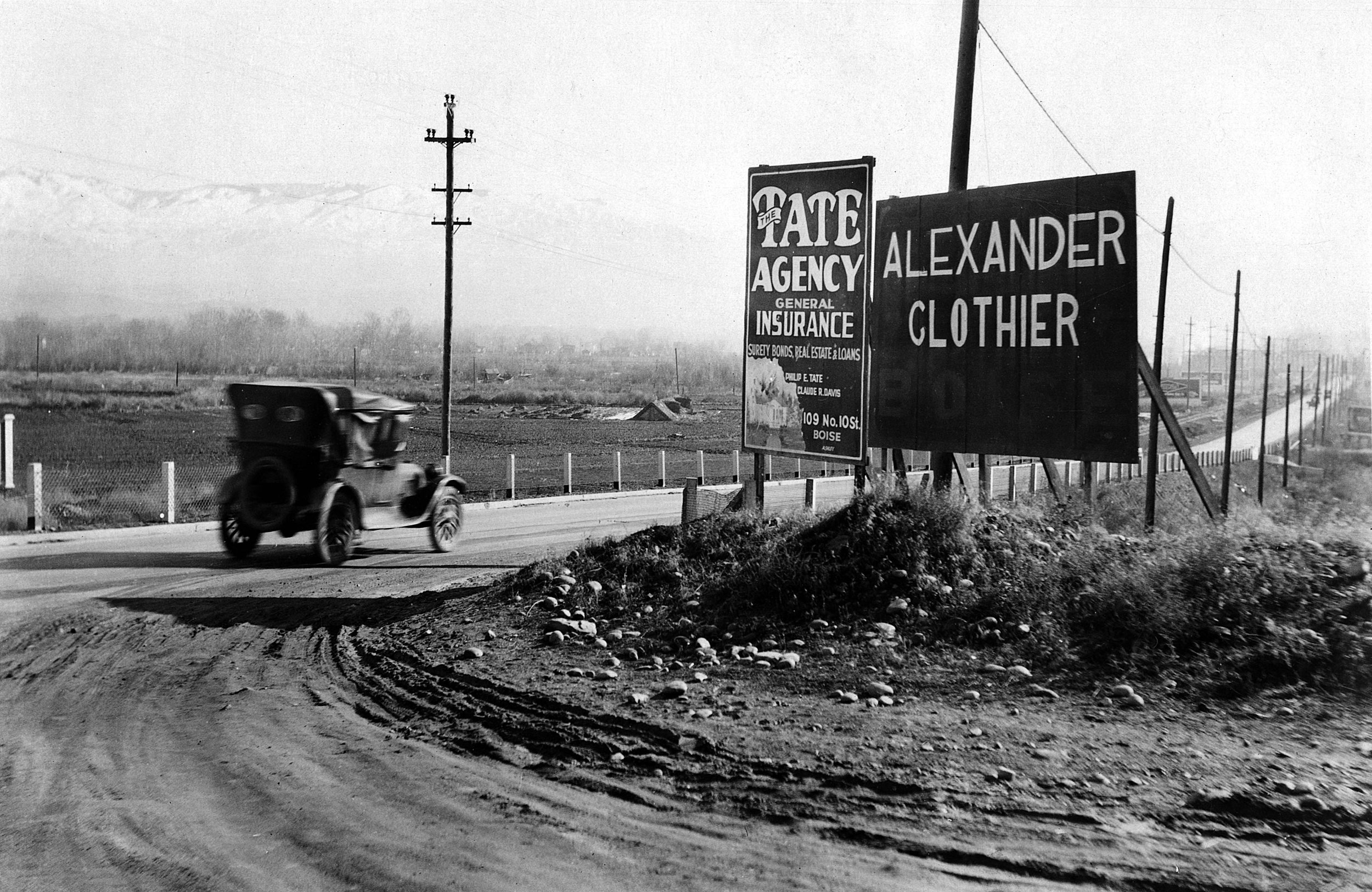Garden City: Boise's produce-growing 20th-Century Chinatown?
A view of Garden City’s gardens in the early 20th century, looking east on Fairview. | Idaho Historical Society, photo number 74-91.37, donated by Stanford Neglay
Story by Lex Nelson
Photos courtesy of the Idaho State Archives and Lex Nelson
When Richard Ah Fong was growing up in Boise’s North End in the 1940s and '50s, almost every meal his family ate included “a Chinese vegetable.” Sometimes it was bok choy straight from his parents’ garden. Other times, he sat down to bright green stalks of asparagus. Whatever the vegetable of the moment was, his father always prepared it the same way.
“The primary way of making any Chinese vegetable is to get a hot pan and put some type of meat in it, whether it’s pork, or they use bacon a lot, or beef or something like that. And brown the meat in a little bit of grease and then throw in the vegetable,” Ah Fong told an oral historian in 1972, in a recording in the Idaho State Archives.
Then, Ah Fong’s father—who he called “a fantastic cook”—would add a cup of water to the pan to let the vegetables steam. Finally, he’d toss the greens in oyster sauce, soy sauce, sugar, salt, monosodium glutamate (MSG) and cornstarch. Ah Fong remembers him serving the vegetables chopped in bite-sized pieces, so he and his siblings could scoop them out of the thick brown sauce with chopsticks.
The Ah Fongs were one of many Chinese immigrant families living in Boise and its suburbs in the early to mid-1900s. Though they called a small two-bedroom house in the North End home, the vegetables for many of their side dishes in those early years likely came from Garden City—a hub for Chinese immigrants whose gardens gave the municipality its name.
Garden City’s Early Days
According to the City of Boise website, Chinese immigrants first passed through the Boise area in the 1860s hoping to strike it rich in Idaho City mines. Many became gardeners instead, both in Idaho City and, around 1890, the area called Garden City today.
At the time, the roughly 4.3-square-mile parcel was largely owned by rancher Thomas J. Davis. Boise State Public Radio reports Davis owned about 650 acres in the area, which he called Government Island Ranch. He leased sections of the ranch to families of Chinese immigrants, who turned it into expansive gardens for cabbage, melons, lettuce, radishes, onions and more. In oral histories—the main records that remain of these gardens—locals often refer to the area as “Chinatown.”
Historical sources differ on whether Davis's agreement with the Chinese immigrants was based on friendship or simply business. However, in a 1978 oral history, his grandson, Thomas Jefferson Davis, recalled his own father still renting to 12-15 Chinese families in the 1920s and ’30s.
“I remember they paid around $30 an acre to rent,” he said, adding that the families also raised hogs and ran a garbage collection service in the area. The younger Thomas Jefferson Davis worked in the gardens on and off, weeding onions for 10 cents an hour or picking strawberries for “two bits a crate.”
Memories of a Vibrant Community
Bob Seavy, who moved from Utah to Idaho in 1920, also worked in the gardens for 10 cents an hour as a young man. He put in 10 hour days, and recalled that the Chinese man he worked for wouldn’t hesitate to dock his pay by an hour if he and his buddies “played around” too much. Seavy viewed the gardens as a vital part of his community.
“Chinese peddlers would pick up the produce and deliver it all over, around town,” Seavy said in a 1994 oral history. “Once a week they’d come around through the neighborhoods honking their little horn and people would come out and pick out whatever they wanted off the truck. That supplied a lot of vegetables to Boise citizenry. (We) didn’t have as much available in the stores then, fresh produce. There was some, but this was one of the main sources of fresh produce in Boise.”
In a 1977 oral history, Rosie May Leighton recalled how the Chinese vegetable sellers kept their books: “If you didn’t pay (your bill), they wrote it on your post on your back porch. And then when you pay them, they rub that all out and then they start all over again.”
Ben Shipp, a carpenter, welder and farm hand interviewed in 1980, remembered visiting Garden City to pick up cabbages and seeing Chinese immigrants streaming into their gardens each morning to pull weeds on their hands and knees.
“...Several times I passed there and they’d be coming in, all 30 or 40, and each one carrying two baskets of whatever they had been harvesting down there. Sometimes carrots, sometimes cabbage, and whatever,” he said.
Shipp guessed much of the produce was sold wholesale, but also recalled several gardeners selling direct to passersby from a “shack” in the gardens themselves. The system supplied Boise with vegetables for decades.
Then, according to Shipp, sometime in the 1940s the gardens simply disappeared.
Boise State Public Radio reports this happened around the time Government Island Ranch was sold off. It’s possible that less friendly landlords drove the Chinese families—who were more often greeted with racism and discrimination than friendship, as oral histories reveal—away from their garden plots. Garden City was officially named in 1949 and quickly became a center for gambling.
Garden City Today
Today, Garden City’s name feels almost ironic. The small urban municipality sandwiched between Boise on one side and Eagle on the other is better known for its breweries, wineries and burgeoning art scene than its agriculture. The Treasure Valley’s farming center has largely migrated west to Canyon County.
But the legacy of those early farmers still lingers.
For one thing, there’s the name “Garden City," which pays tribute to the Chinese families’ influence. According to the Garden City Visitors’ Bureau, the city’s main thoroughfare also owes its moniker to the farmers.
“Their riverside farms gave Chinden Boulevard its name—a mashup of the words ‘Chinese’ and ‘gardens,’” according to the bureau’s website.
Visitors today can read about Garden City’s history on signs along the Boise Greenbelt or get a window into the city’s past at 34th Street Market, a Garden City branch of Capital City Public Market that pops up intermittently off Chinden Boulevard.
However, shoppers won’t see many Asian faces behind the produce stands.
According to the 2020 census, Garden City’s population is 92.1% white and just 4.4% Asian or mixed race. It seems that if the families Richard Ah Fong remembered from growing up—the Quongs, Yees and Tongs, among others—ever lived in Garden City, they’ve now chosen other places to call home.







